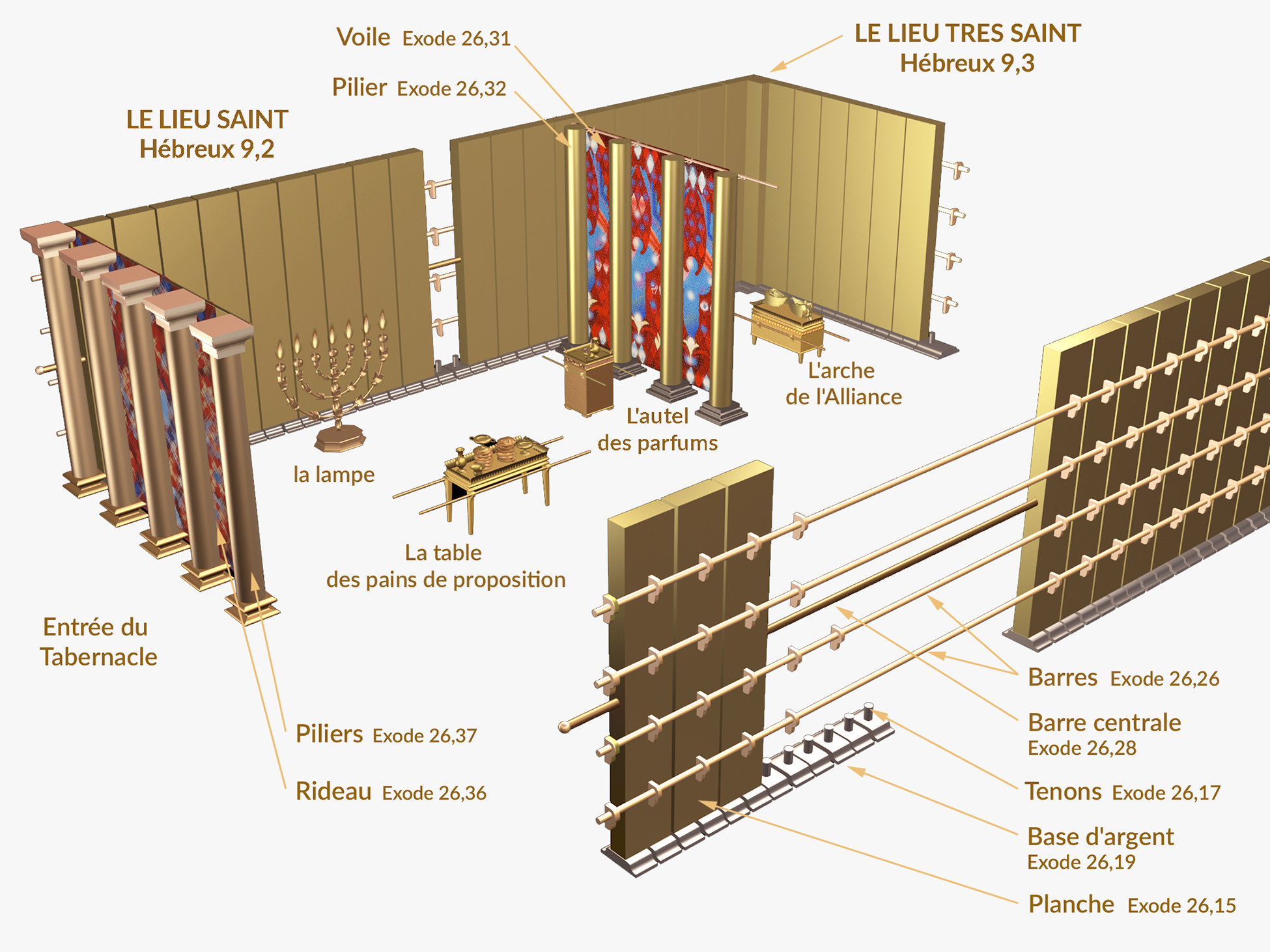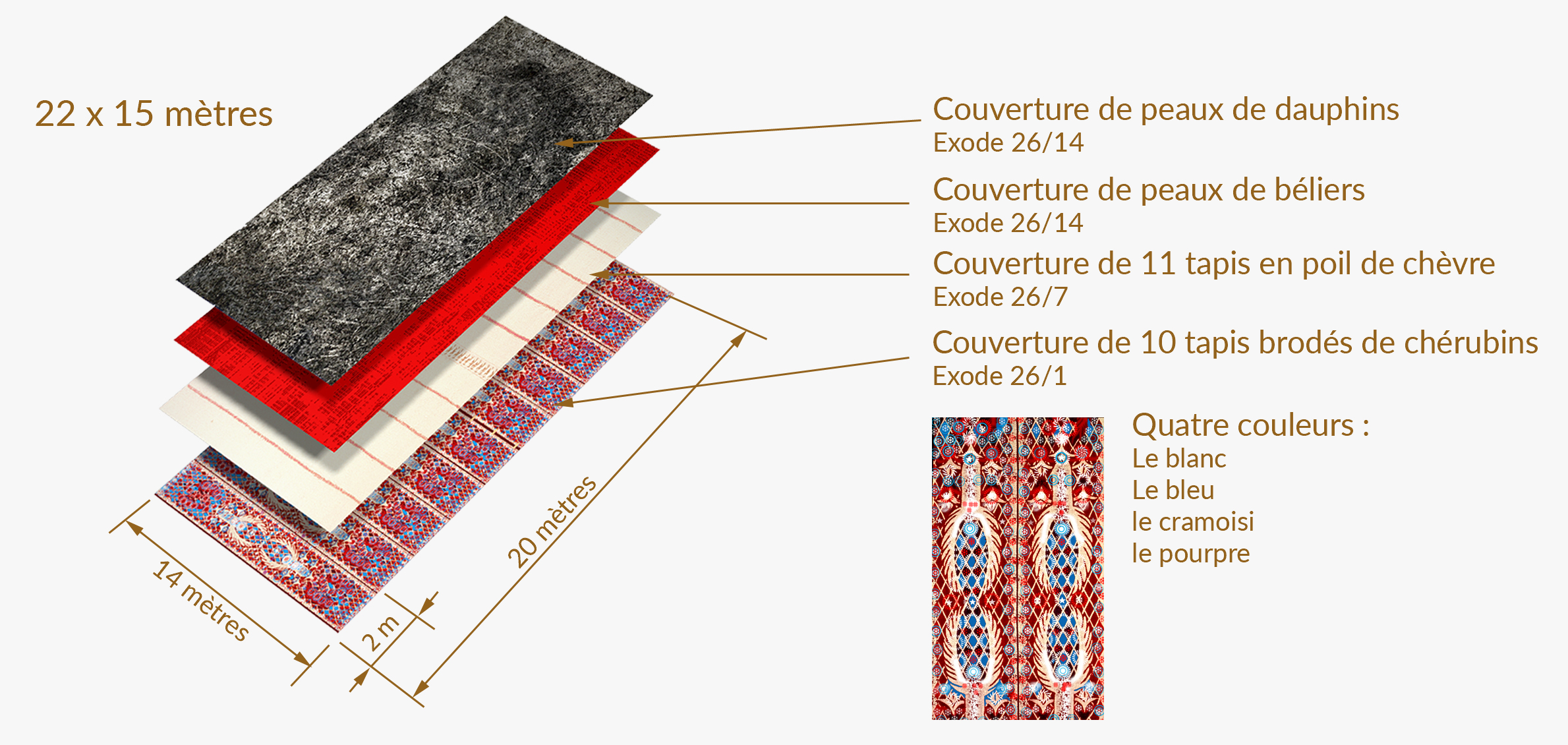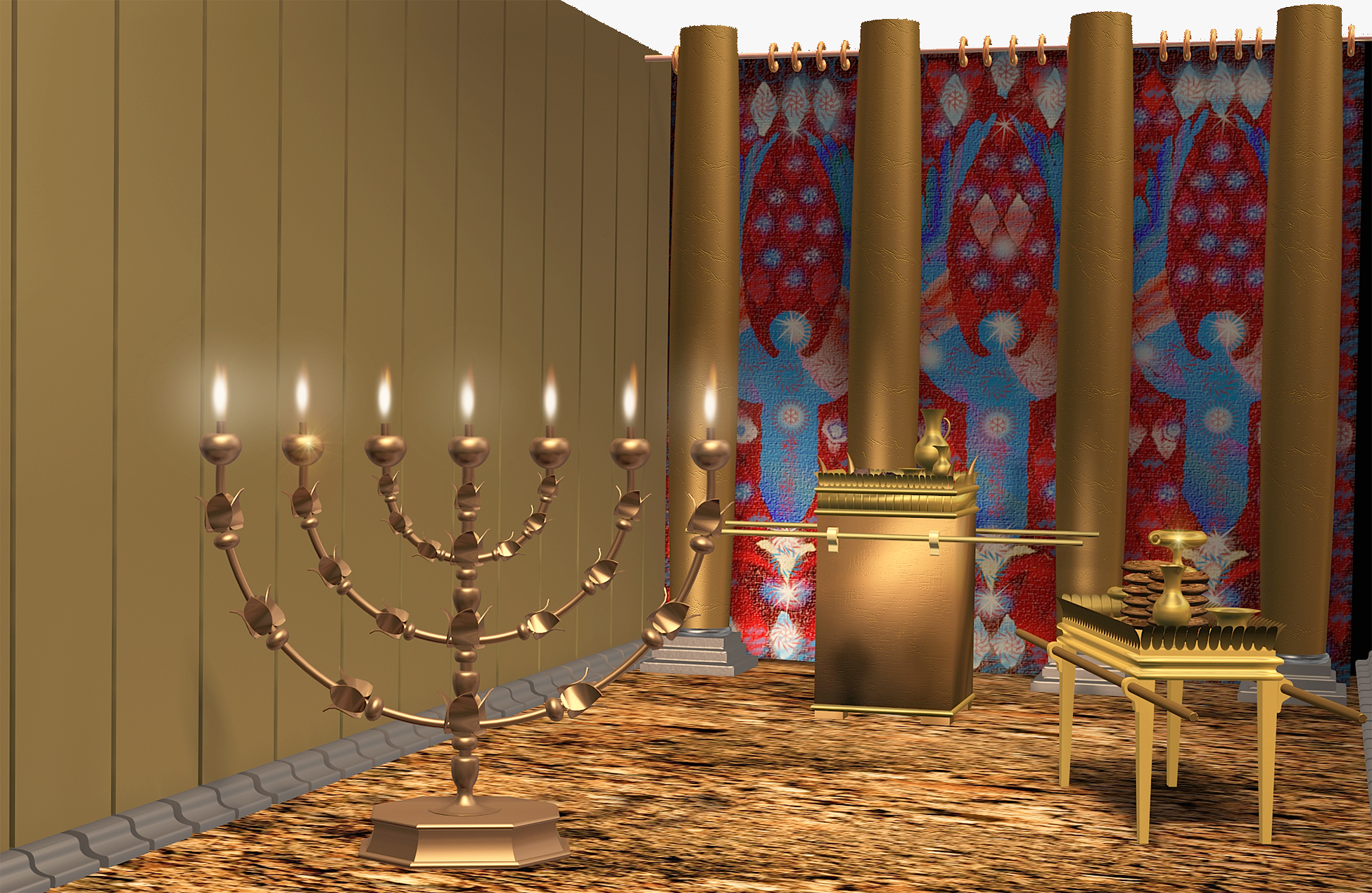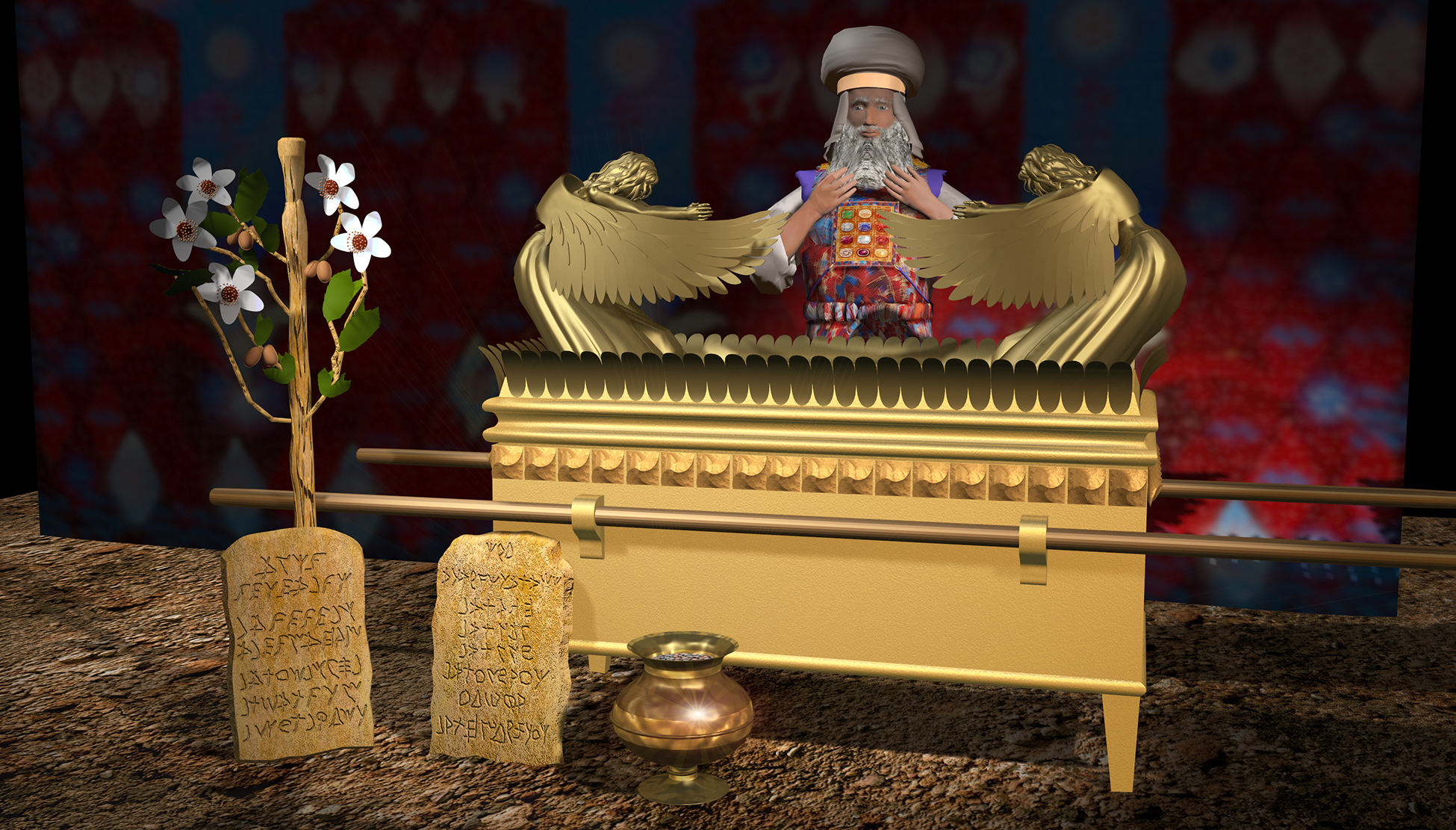
Bible, History, Archaeology
Bible,
History,
Archaeology
The Tabernacle in the Sinai desert,
the biblical ancestor of Solomon's Temple
Contents:
Introduction – the Tabernacle – A view of Sinai – An image of the Tabernacle encampment – The two separate parts of the Tabernacle – The forecourt of the Tabernacle – The Tabernacle sanctuary – The four covers – The holy place – The Most Holy Place – The high priest – Conclusion – A reconstruction of the Tabernacle
The Lord spoke to Moses:
« And they shall build me a sanctuary, that I may dwell among them, similar in every way to what I will show you, that is, to the plan of the Tabernacle and all its rooms, and you will carry it out in this way» (Version of the French Rabbinate. Exodus 25, 8-9).
Introduction
According to the Bible, three Temples were erected in Jerusalem:
The first Temple is the one built by King Solomon in the 10th century BC. According to the Scriptures, its construction began in the fourth year of Solomon's reign (around 964 BC) and was completed in seven years and six months (2 Chronicles 3, etc.). It was completely destroyed in 586 B.C. by the Neo-Babylonian armies led by King Nebuchadnezzar II (2 Kings 24; 25; 2 Chronicles 36.5-21, etc.).
The second Temple is that of Zorobabel, prince of Judah. Rebuilt by the Judaeans on their return from exile around 531 BC, it would have been completed around 515 BC under the Medo-Persian Empire, (Ezra 6, etc.). Little is known about this work.
The Third Temple, an important Greco-Roman complex built by Herod the Great, which was destroyed in 70 AD during the siege of Jerusalem by Titus' Roman army (Jewish antiques 15,11; Jewish War 5.5, etc.). One of the few remaining vestiges is the Kotel: the Temple's western retaining wall.
The Tabernacle
The Tabernacle, unlike the three Temples that succeeded it, was an edifice made up of elements that could be entirely dismantled and transported. It was intended as a sanctuary during the peregrinations of the Hebrew people in the Sinai peninsula between the 14th and 12th centuries BC.
The Tabernacle, a word meaning tent, (from Hebrew, mishkan or Tent of Meeting, i.e. the dwelling place of the Testimony, of the Law) was a «mobile» sanctuary whose importance in the Scriptures is marked by chapters 25 to 31 and 35 to 40 of the book of Exodus, i.e. 13 chapters. To this we must add numerous references in Leviticus, Numbers, Deuteronomy and even in the New Testament, chapters 8 and 9 of the Epistle to the Hebrews.
Above: the Sinai site, now traditionally identified with Jebel Musa (Moses Mountain), is a magnificent mountain massif with a steep escarpment overlooking the Gulf of Aqaba. It has been the scene of the religious traditions of Judaism, Christianity and Islam. Jebel Musa (left of picture), at an altitude of 2,250 metres, is the highest mountain on the Sinai Peninsula after Mount Saint Catherine (nearby, 2,610 metres). Since the 5th century AD, it has been home to the Greek Orthodox monastery of St. Catherine (in the center of the photo and in the inset frame). It is in the background of the view, on the vast plain, that monotheistic traditions locate the encampment of the Hebrews as they left Egypt © Théo Truschel.
Above: a 3D digital representation of the Tabernacle in the Sinai desert. The two parts of the sanctuary can be distinguished: one in the open air and the other, the Tabernacle covered by five blankets, as well as the Hebrews' encampment around the Tabernacle. Image by Oliver Denker.1790031161. Installation of the curtains by Théo Truschel.
The Tabernacle was composed of two distinct parts:
The first is open-air, called the parvis, and is fifty meters long and twenty-five meters wide, while the second is covered, inside the first: this is the Tabernacle proper. It was fifteen metres long, five metres wide and five metres high.
Let's move on to the wall hanging that served as the entrance:
Two and a half meters high, it marked a clear separation between the sanctuary and the rest of the camp. It was made of fine white twisted linen.
The hanging was supported by Sittim wood columns spaced two and a half meters apart, twenty columns on each length and ten on each width.
These columns, surmounted by silver capitals, rested on bases of bronze, the metal which, in the Scriptures, represents the «justice of God».
Silver hooks and rods are used to secure the hanging to the columns. Silver, for its part, is the symbol of redemption. In this way, desert weather could not topple the hanging.

The curtain of this entrance (image below) was also made of fine twisted linen, but was embroidered with blue, purple and crimson threads. These four colors (opposite) symbolize divinity (blue), royalty (purple), sacrifice (crimson or scarlet) and purity (white).
Above, a proposed reconstruction of the entrance curtain with its four colors. © Théo Truschel.
The forecourt of the Tabernacle

Image opposite: a 3D digital representation of the Altar of Holocaust. © Théo Truschel.
It was square, measuring two and a half meters on each side and one and a half meters high. It was made of acacia wood and covered with bronze. Four horns of bronze, which in Scripture symbolize strength and power, sprang from the four corners.
Inside, at mid-height, was a brazen grate used to consume the flesh of the sacrifices. The Law of Moses provided for five types of sacrifice.
At the corners were brazen rings through which the bars used for transportation passed. They were also made of acacia wood covered in brass.
Every morning and evening, a sacrifice was offered. On solemn days, they multiplied.
 Image opposite: a digital representation of aitain's work. ® Théo Truschel.
Image opposite: a digital representation of aitain's work. ® Théo Truschel.
The second object to catch our attention in the forecourt was the tank, a circular basin filled with water for purification purposes. It and its base were made of brass, with no precise dimensions.
It is the symbol of sanctification, and for priests, of a sanctified activity dedicated to the service of the Eternal.
The Tabernacle sanctuary
It was an enclosure made up of forty-eight planks. Each plank was five meters high and seventy-five centimeters wide. The planks were made of gold-plated acacia wood, set upright on silver bases and linked together on three sides by five parallel bars, one of which, invisible inside the planks, was made of gold-plated acacia wood.
Twenty planks made up the south side, twenty more for the north and six for the west. Two additional planks reinforced the corners on the west side. The planks came from trees that had been selected and chosen for this purpose. They had been trimmed and sawn by cabinet-makers following the indications of the «Word» communicated to Moses.
The Holy Place and the Most Holy Place were separated by a curtain called the «veil».
Four blankets were placed over this structure to form the roof.
Four blankets covered the sanctuary
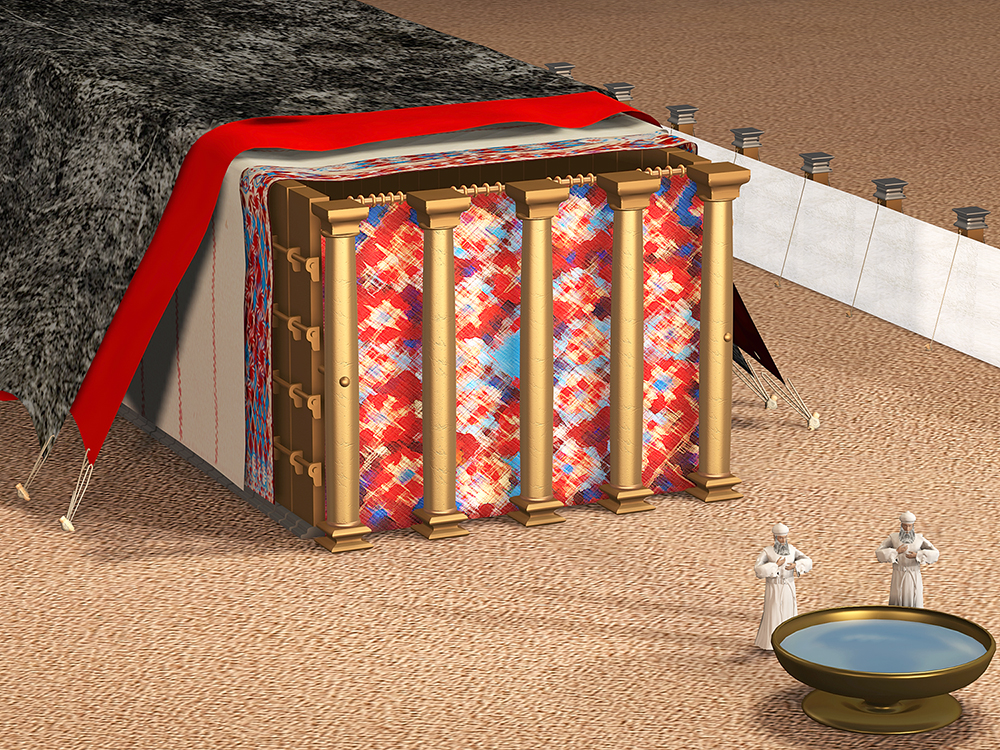
Made of dolphin skin, it was dull in appearance and not at all pleasing to the eye, but it was rock solid.
2 - The second cover just below
It was made from the skins of rams dyed red. The ram was a sacrificial animal. The color red symbolizes blood.
3 - The third cover
It was made up of eleven goat-hair rugs.
4 - The fourth cover, the one seen in the sanctuary
It consisted of ten mats (2 x 5) and was totally different from the others. It was similar to the entrance curtain, but with four colors:
White symbolizing purity.
The blue color of the sky, divine origin.
Crimson the color of blood, sacrifice.
Purple It's a kind of red extracted from a shellfish living off the coast of France. 
“Dyes were obtained from the murex shell (Murex brandaris,
Murex Trunculus, Purpura haemastoma) from the shore of the
Mediterranean. While still alive, a greenish-yellowish secretion
is extracted from its gastropod glands, which turn blue
(the biblical “purplish red”), black and red in sunlight. By adding
pigments of plant origin to the extract, a purple color is produced.
obtained. The dye is then treated in brine and boiled, and then
a mordant (a fixing substance) is added to prevent the
dye doesn't bleed or fade. Only then do the skeins of yarn
are immersed in the dye and left to soak for a few minutes.
several hours». (Eilat. Encyclopaedia Biblica, vol. VIII; 544 (in
Hebrew).
Image opposite: A «murex» shell, 7.5 cm x 4 cm, living off the Phoenician coast.
This word is directly borrowed from the Latin word «murex». A gastropod mollusk from which purple was extracted: a rare and precious purplish-red color reserved for kings and members of their families.
In addition, cherubim were artistically embroidered. Their image appears here as their sovereignty over all celestial creatures.
The bars held the entire structure together. A fifth bar was invisible, as it was slid into the heart of the planks.
The priests, the only ones admitted to the Tabernacle, entered through a curtain that looked exactly the same as the one that closed off the forecourt. Same fabrics - same colors. The only difference was in proportions: the curtain in the forecourt was twice as wide.
The entrance curtain was supported by five columns of gold-plated acacia wood, resting on brazen bases.
Below: the interior of the shrine with its various elements, a proposed 3D digital image reconstruction. Théo Truschel.
We are now inside the Tabernacle
The holy place
To the left of the entrance was the only light, softly diffused by a seven-branched, beaten-gold lamp (menorah). Its role was to illuminate the holy place. The lamp at the end of each branch was filled with pure olive oil.
They were to be filled daily and burned continuously. This menorah was used exclusively for the service of God.
To the right of the entrance to the Holy Place, the table of the twelve showbread loaves, made of acacia wood overlaid with gold. Twelve loaves of fine flour (one for each tribe) were laid out. These loaves, which served as food for the priests, were renewed every Sabbath. At the far end, opposite the «veil» at the entrance to the Most Holy Place, was the gold-covered altar of incense. Morning and evening, it was used to burn sacred perfume in the presence of the Lord. The incense smoke symbolized prayers of praise and adoration.
We now turn our attention to the back of the holy place, behind the altar of incense. There we find the «veil» that separates us from the Most Holy Place..
However, unlike the curtain at the entrance to the forecourt and the one in the Holy Place, it featured finely needleworked depictions of cherubs in blue, crimson and purple.
The «veil» was supported by four columns in which Christianity sees the four Gospels.
Throughout the year, this «veil» remained closed, and no priest was allowed to cross it, or even lift it to peek inside, on pain of divine sanction.
Below: a proposed 3D digital reconstruction of the Most Holy Place. Théo Truschel.
The Most Holy Place
We have now entered the Most Holy Place, what the Hebrews called the Place of the «Divine Presence».
It housed just one object, positioned in the center, but it was the most important object in the sanctuary: the Ark of the Covenant.
It was a chest one meter twenty five long, seventy-five centimeters wide and the same height, made of acacia wood plated with gold (Exodus 25, 10-15).
The ark was the sign of the Covenant that the Lord had made with his people at Sinai. Its presence in the Most Holy Place was proof that this Covenant was not imaginary.
Inside the ark, Moses had placed the two «tablets» of the Law, on which were engraved the «Ten Commandments (or Ten Words)».
Later, the ark was to contain a vessel filled with the manna that had nourished the people for forty years, as well as Aaron's rod, which had «miraculously flourished» during the revolt in the desert.
On the ark, at either end, were two golden cherubim, their faces inclined in an attitude of adoration towards the solid gold mercy seat, which was the lid of the ark. The role of the mercy seat was to appease God's wrath and make him favorable. It perpetually bore the marks of blood that the high priest came to sprinkle on it every year to atone for sins.
the high priest
Once a year, on the Day of Atonement, two goats were taken, one of which was sacrificed on the altar of burnt offering (in the forecourt) with a bull; the high priest stripped of his magnificent priestly garb (image opposite) and dressed only in fine white linen, took the blood of the immolated bull and goat and entered, wrapping himself in a veil of incense.
Image opposite: Digital reconstruction of the high priest in his vestments. © Théo Truschel.
He was then required to come forward and sprinkle the blood before and over the Ark of the Covenant (Leviticus 16). The second goat was driven into the desert, taking with it all the sins committed by the people during the year (hence the notion of the scapegoat).
To view the page about the pectoral worn by the high priest →
Conclusion

«Moses did all that the Lord commanded him, he did so».
So the blessing was there.
«Then the cloud covered the Tent of Meeting, and the glory (Shekina) of the Lord filled the Tabernacle.».
(Exodus 40:17, 34-35).
Image opposite: inauguration of the Tabernacle after its construction. DR.
A reconstruction of the Tabernacle
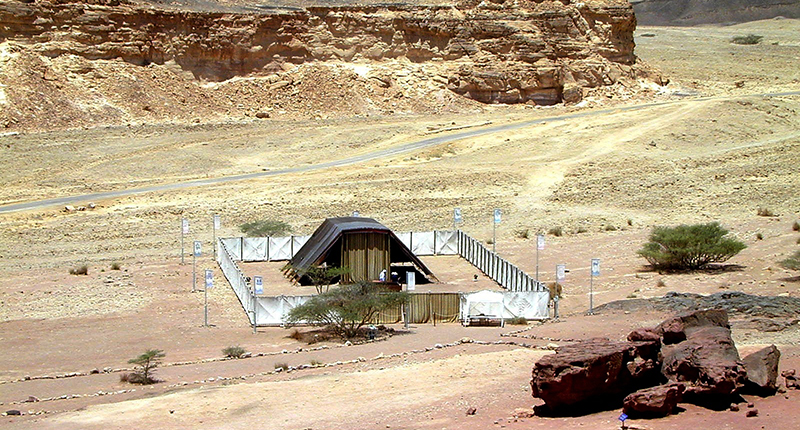
The Timna valley is not mentioned in the Bible, but specialists believe that copper mines were being exploited in Solomon's time.
→ The Timna desert is currently undergoing archaeological excavation.
Opposite image: the Tabernacle restored to its original dimensions in the desert of Timna © DR.

Find out more
TRUSCHEL Théo, The Tabernacle, God's sanctuary in the desert.
History and Archaeology.
Éditions Viens et Vois, February 2024.
New expanded edition : Featuring a wealth of additional commentary, this book is also enriched by photos, including of Jebel Moussa (Mount of Moses, in Arabic), taken by the author in Sinai, the place where the Torah was revealed to Moses. It was here, according to Jewish, Christian and Muslim traditions, that the meeting with the Lord took place after the exit from Egypt, and where Moses received the vision and instructions for the construction of the Tabernacle, the Hebrew people's first place of worship towards their God. It's moving to see, in detail, how the craftsmen executed each and every element of the Tabernacle, how they worked very precisely with wood, fabrics, gold, silver, precious stones, while they were in the middle of the desert. Each detail of the Tabernacle has a symbolism that still speaks to us today and, for Christians, heralds the work of Jesus Christ, the Son of the living God.
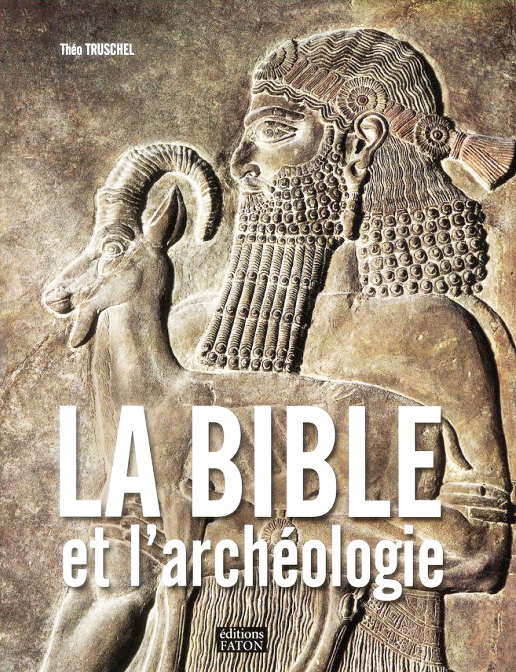
Find out more
TRUSCHEL. Théo, The Bible and archaeology
Pp 64-69.
Éditions Faton, 2010, Paris.
Numerous richly illustrated hors-texts present archaeological discoveries in Israel, Egypt, Iraq and Iran, and their sometimes controversial interpretations. They deal with the specific study of sites (Samaria, Mount Ebal, Tanis, Elephantine Island), certain stelae (Mesha, Tell Dan, Merenptah) and various exhumed objects (ivory grenade).
The period studied covers some twenty centuries, from the patriarchs and the Mosaic Covenant of the Hebrew people to the beginnings of Christianity.

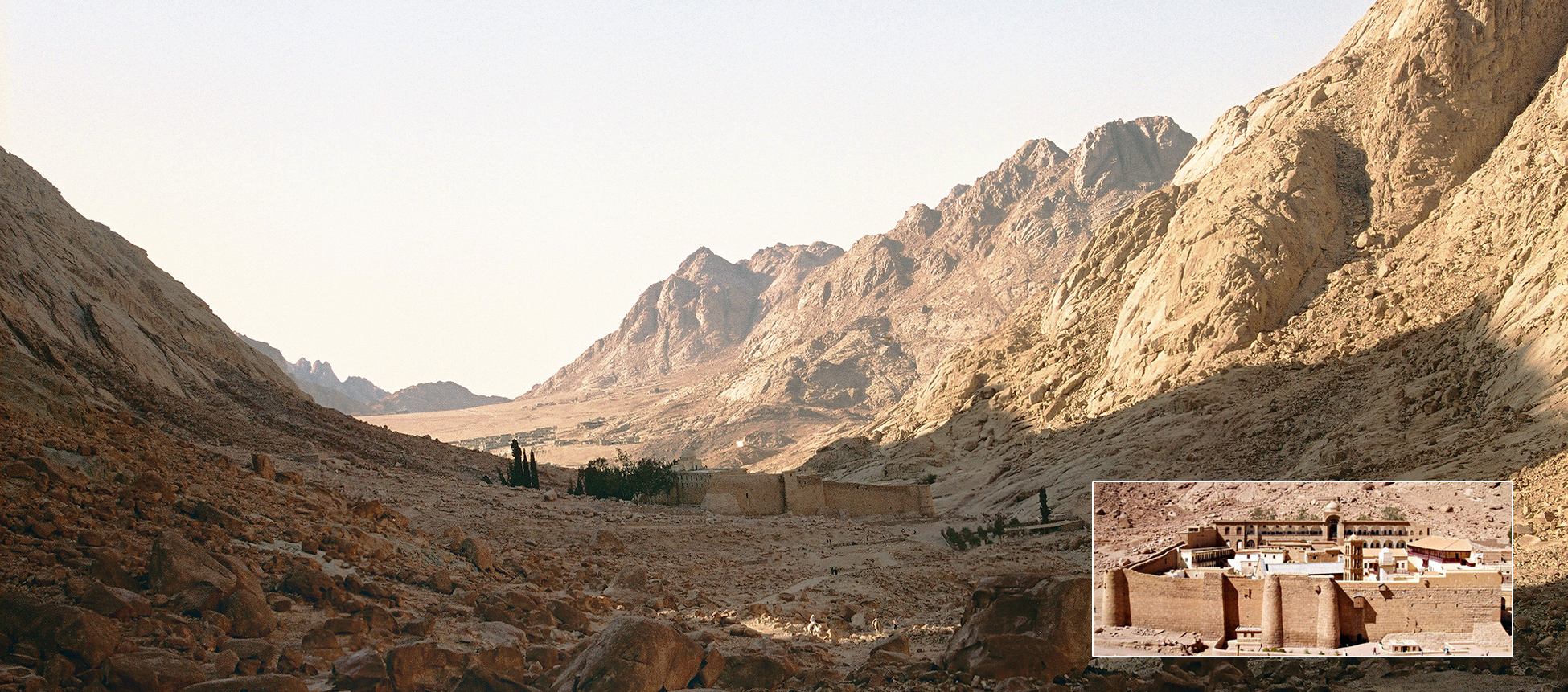
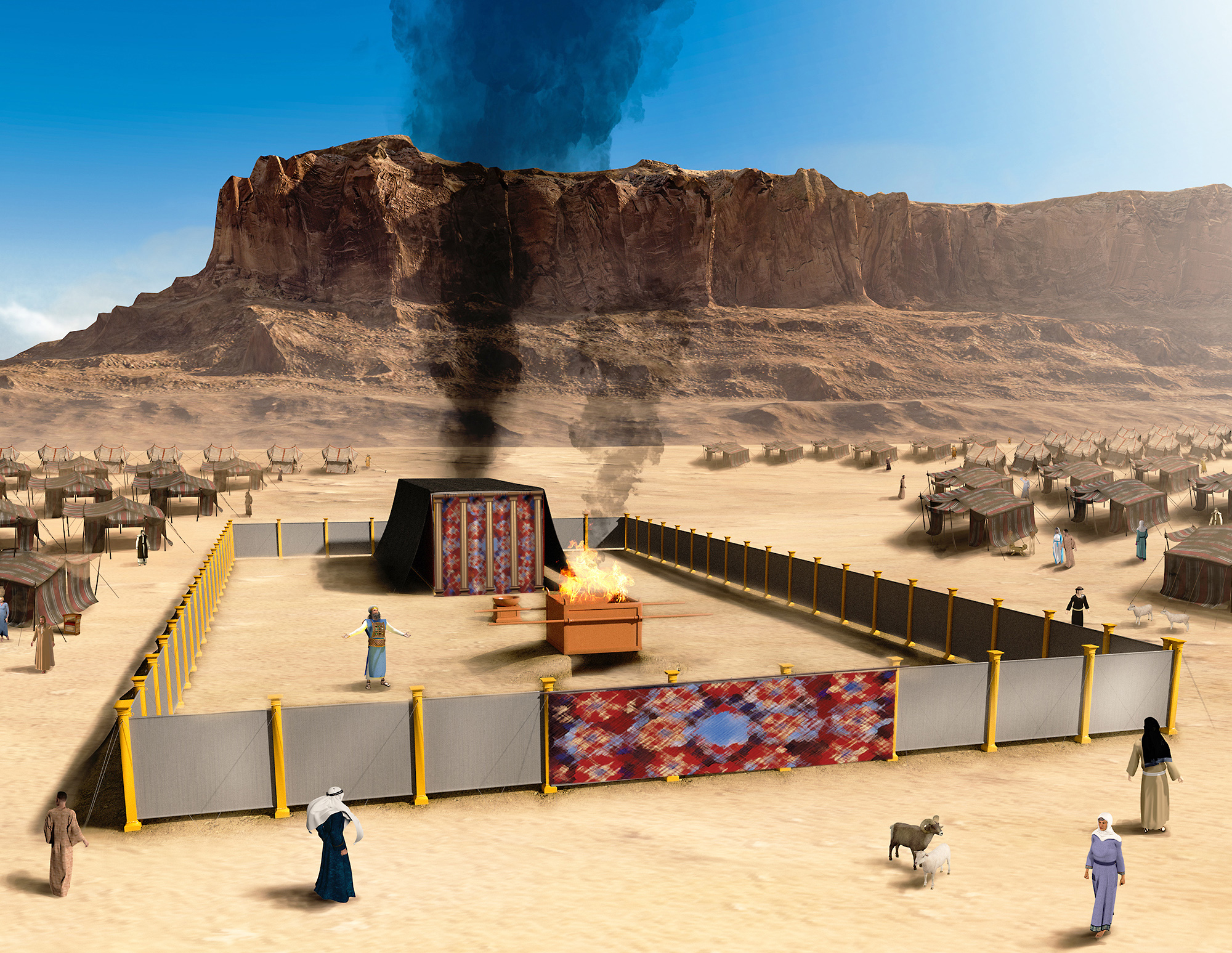


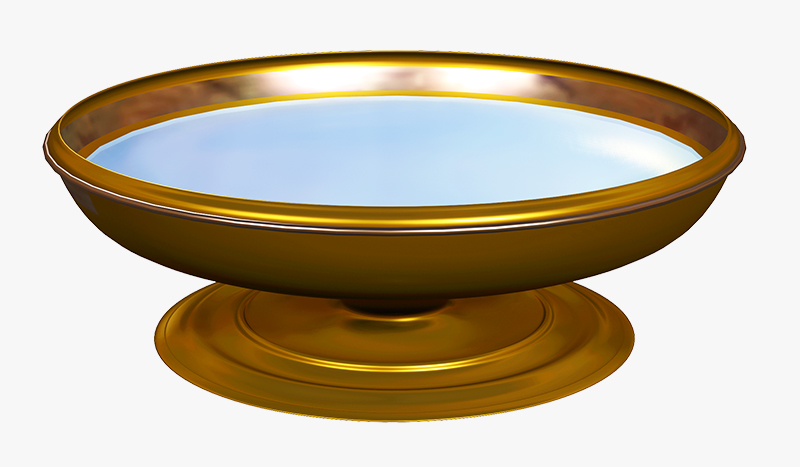 Image opposite: a digital representation of aitain's work. ® Théo Truschel
Image opposite: a digital representation of aitain's work. ® Théo Truschel